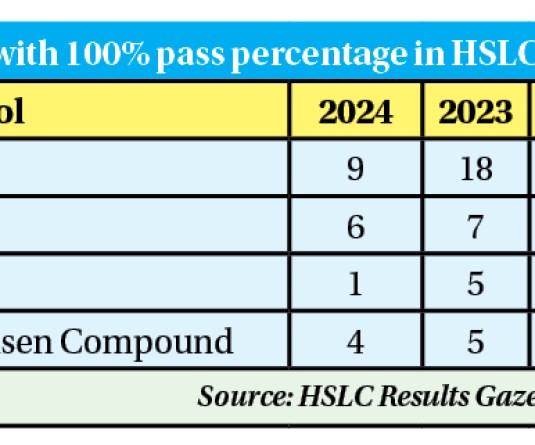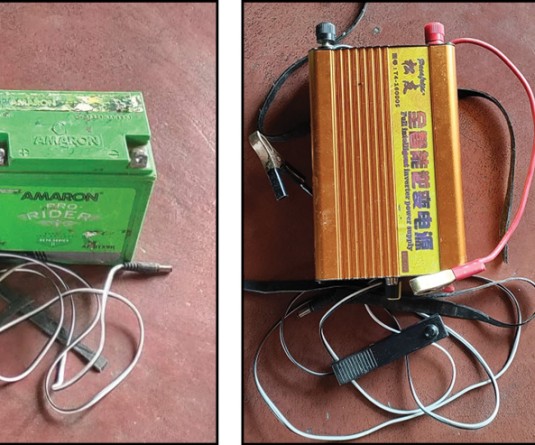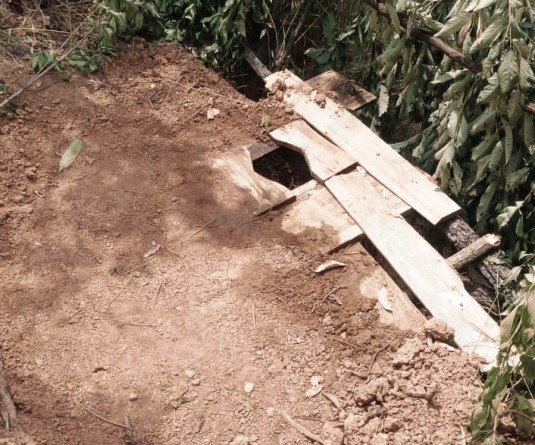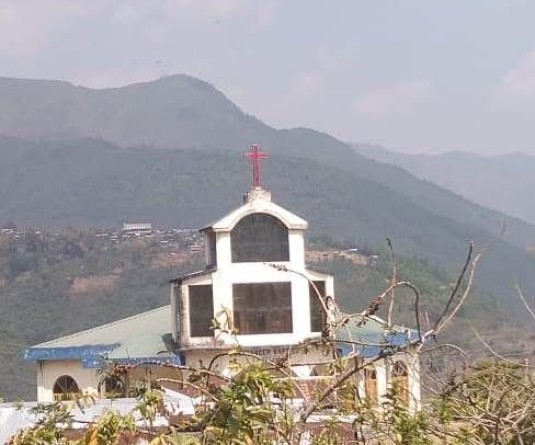In a morals-versus-revenue dilemma, the NLTP Act in Nagaland presents a curious case of both side of the debate asking the same question – what is the health impact of the Prohibition or its absence on Naga society? (Illustration by Sandemo Ngullie)

Imkong Walling
Dimapur | January 23
Bootlegging, spurious liquor, little or no enforcement and a deadlocked morals-versus-revenue contest has been the feature of the Nagaland Liquor Total Prohibition (NLTP) Act, 1989.
Hundreds of crores going the ‘black’ route, which otherwise would have come the state’s way has been the government’s moot point. On the other hand, the church has more or less regarded its opposition to revoking the NLTP Act as a moral obligation, while terming the state’s justification as temporal or materialistic in concept undermining the spiritual and the negative health impact of government sanction to liquor sale and consumption.
As far as the church is concerned, the Act’s guidelines are clear and all that is required is its implementation in letter and spirit.
The stalemate has had a cash-strapped government in a tight spot– neither wanting to offend a Church with which the masses share strong bonds nor can it afford to lose hundreds of crores.
Is there a way out?
While it appears to be a complete stalemate, there are voices who feel there is a way out.
A system modelled on the Mizoram Liquor Prohibition and Control (MLPC) Act, 2014 would perhaps be an option, commented a Nagaland Excise official.
According to the staff, the idea may seem farfetched given the prevailing impasse, but not totally inapplicable provided all stakeholders concerned are taken into confidence.
The MLPC Act came into force in Mizoram in early 2015 replacing the Mizoram Liquor Total Prohibition Act, 1995. The enforcement of the MLPC partially relaxed the then active ban on alcohol sale and consumption across state, except in 3 Autonomous Council territories. This Act though may get axed if the ruling MNF government in Mizoram lives up to its election promise.
“Provided the government has the will, Nagaland can opt for what’s called a Partial Prohibition,” he said requesting anonymity.
But what is Partial Prohibition?
It essentially implies a toned down version of the existing NLTP Act.
In this imagined scheme of things, there would be zones demarcated where sale and consumption is legalised. “It however should not be misinterpreted as a free-for-all,” he clarified, adding that the relaxation can come with “conditions.”
Quoting counterparts in Mizoram, he informed that through the MLPC Act, 21 years was enforced as the minimum drinking age limit, personal consumption regulated through the introduction of permits or “Liquor Cards” renewable annually. Any domicile of the state, 21 years or above, can apply for the consumption permit by providing relevant documents. Since the relaxation, the Mizoram Excise department has issued some 32,000 “Liquor Cards,” he informed.
A Liquor Card holder in Mizoram is authorised to purchase 6 (750ml) bottles of IMFL and 10 bottles each of beer and wine a month for personal consumption.
The relaxation also came with cautioning against alcohol-influenced behaviour and driving under the influence. The penalty included, “Imprisonment for a term of not less than one month which may extend to two years or with fine of not less than one thousand rupees which may extend to five thousand rupees or with both.”
“We may perhaps take a leaf out of Mizoram,” he said, while adding it need not be relaxed across the state. “And there is always the option of enforcing additional conditions deemed relevant for the state.”
However, all is not well with the partial prohibition arrangement in Mizoram. Under pressure from the church and keeping its election promise to impose prohibition, the Mizoram National Party (MNF) led government had declared dry days from December 21 last to January 14 in view of Christmas and New Year celebrations. But the ban was later extended till March 10.
In protest, the Mizoram Liquor Vendor’s Association and each owner of the State’s three bonded warehouses filed separate lawsuits in the Aizawl Bench of the Gauhati High Court seeking to know how their losses would be recovered and whether the government has any prohibition policy for dry days.
After a hearing held on January 22, the Aizawl Bench of the Gauhati High Court has rescheduled January 29 for the next session while seeking more documents on the imposition of dry days.
Liquor makes up a good chunk of the total revenue generated by states in India. Revenue-wise, the official said that by a modest estimate, Nagaland would make Rs. 200-250cr annually if Prohibition is lifted.





